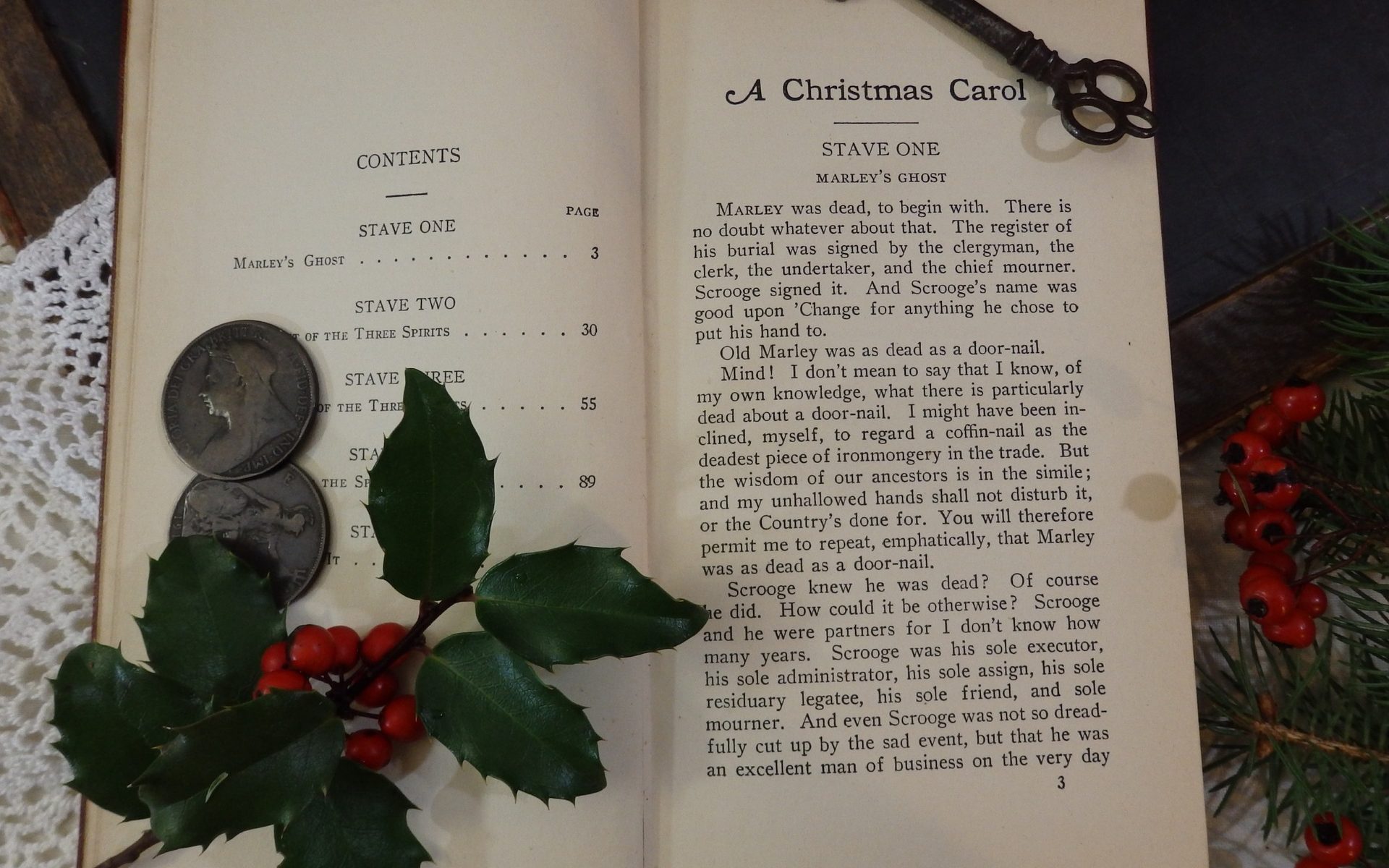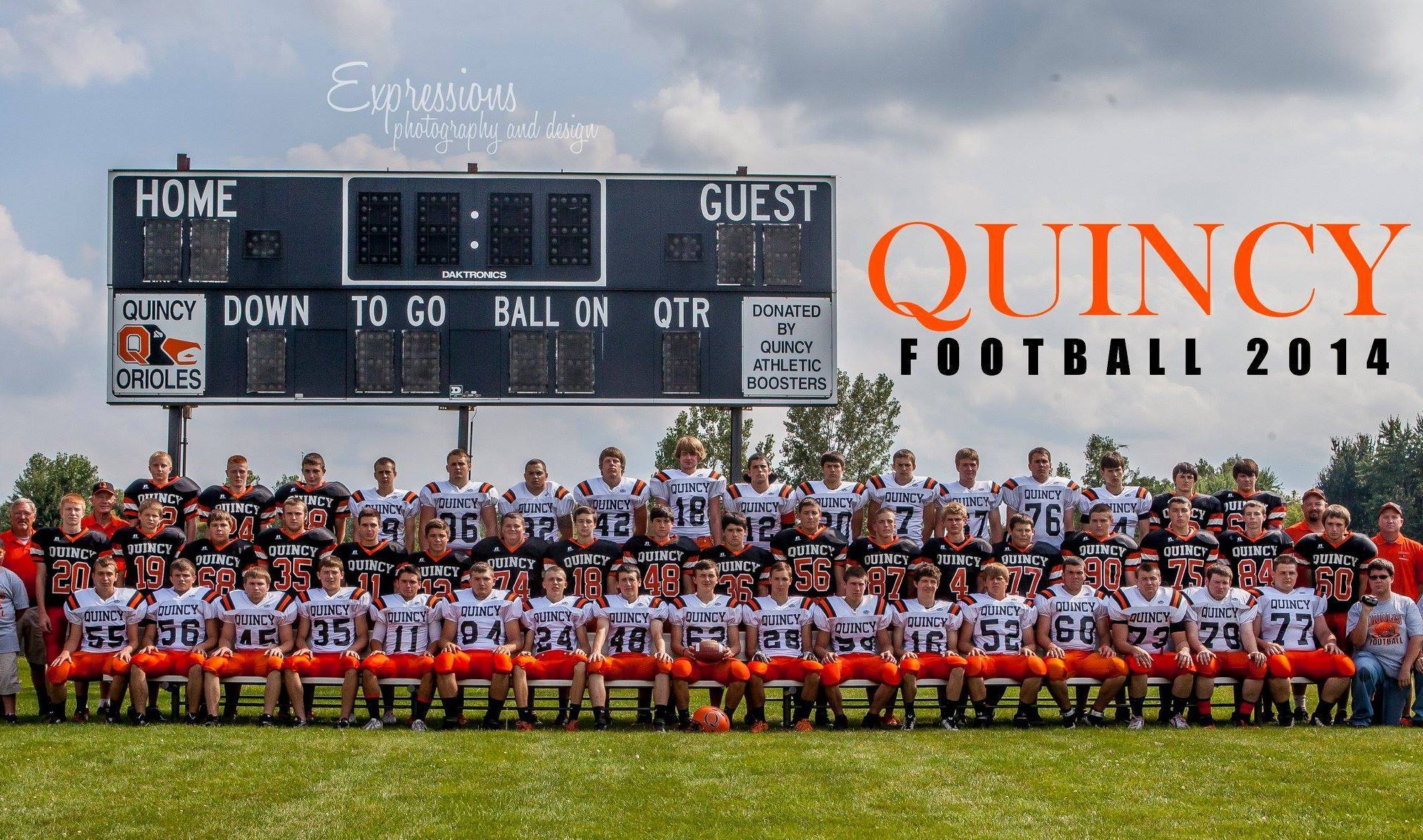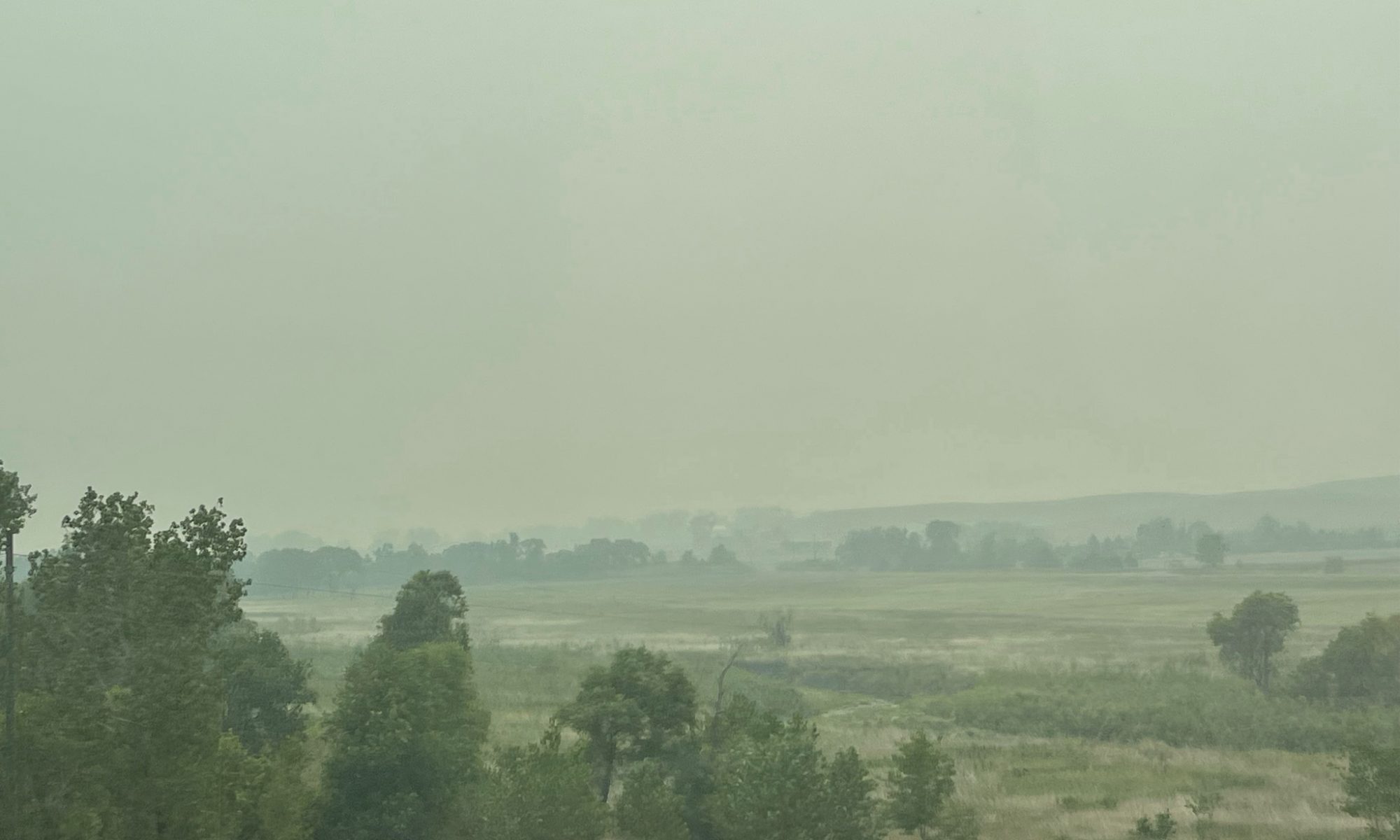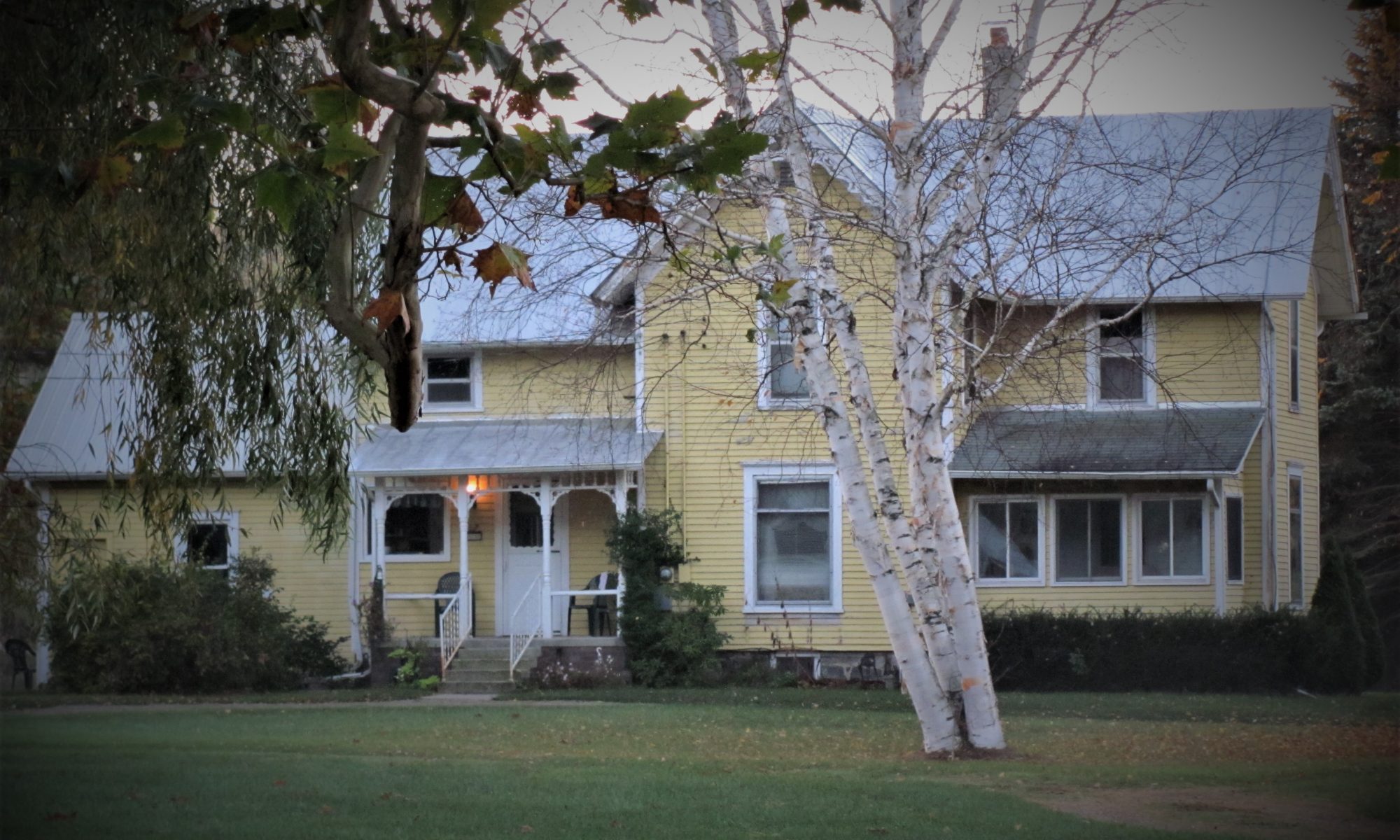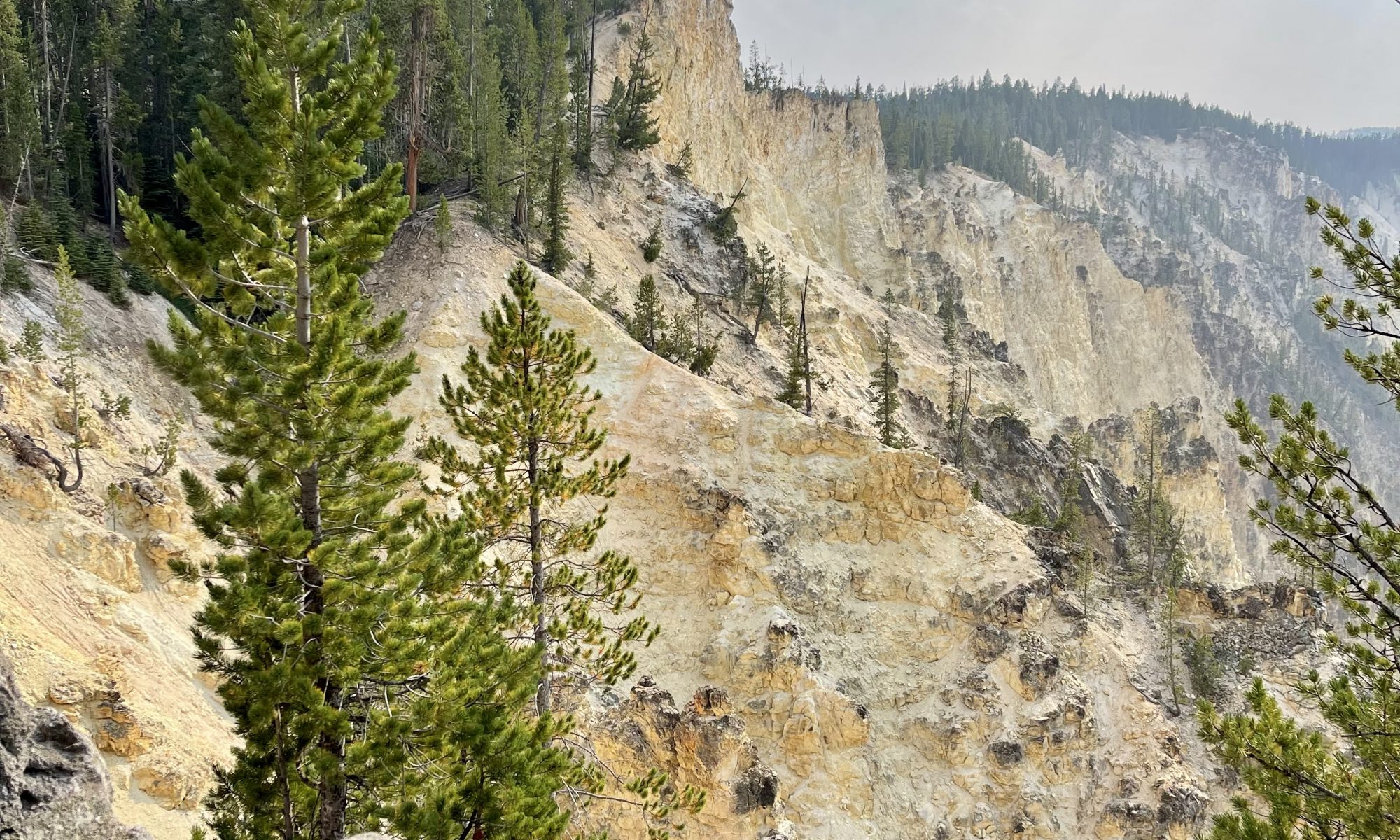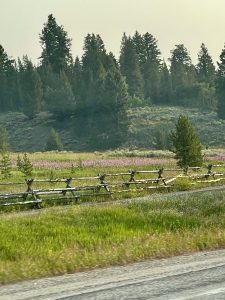This morning, as I most often do, with coffee beside me and Bible opened in front of me, I review my previous posts on social media, letting the Words of God speak to me again, as they had when I posted them. A post comes before my eyes from 2012, my most painful year. The Word speaks to my heart. Again. And again.
Here are bits of that post and present thoughts about it:
One November morning, 2012, I opened my Bible and read: “You may ask me for anything in my name, and I will do it.” My response then was – “Jesus, the precious name of Jesus!” I’ve read those verses, those Words of Jesus, recorded in John 14 and 15, over and over again through the years, before 2012 and since. Today, as I read that very promise, spoken by the Lord Jesus, Himself in the Gospel of John, I praise His name. Not only is His name “precious,” but it is “powerful.” It is the name above all names! The name from which the enemy flees. I speak it often throughout the day – in whispers – or in prayer. He tells us He will do what we ask because it’s for the Father’s glory. He tells us He will do what we ask if the Father is glorified through it.
Our son called us last night – from his hospital room. After days – weeks – of suffering – he asked us to join him in agreement for a specific prayer request – all in the name of Jesus. He quoted God’s promises in John 14 and 15. He knows God will grant his prayer if it brings glory to God. The trust and faith of my sick son is strengthening my own! And that very act of faith, I have no doubt, is bringing God glory. God confirms His Word over and over. The Word of God is unchanging. It is alive and powerful. And our Savior Jesus lives – He is unchanging – the same yesterday, today, and tomorrow.
On that same bleak November 2012 morning, God used a friend who sent me a prayer from Daniel 9. I read it again today:
“17 Now, our God, hear the prayers and petitions of your servant. For your sake, O Lord, look with favor on your broken, (children). 18 Give ear, O God, and hear; open your eyes and see these broken people that bear your Name. We do not make requests of you because we are righteous, but because of your great mercy. 19 O Lord, listen! O Lord, forgive! O Lord, hear and act! For your sake, O my God, do not delay, because this family bears your Name.”
“This family bears Your Name.”
Yes, we do.
We, our family, are still His people – as we were back in 2012, when my friend – and my God – comforted me with His Word.
Now, in this dreadfully disturbing present time, a distant cousin, writes, “
Kathi, in my local Bible Study, I’ve just been studying the book of Daniel, and I encourage you.
God answers that prayer of His servant, Daniel!”
God uses His Word – unchanging and alive. He uses my cousin, Julie, as a faith-strengthener, to confirm His Word. In it all, I recognize His favor – for me, my son, and for all whom He loves. I hope my writing encourages others in the same manner – of God’s promises, His love, and His favor upon us. (I am writing about favor, a post I will soon publish.)
Today, as I look back upon His faithfulness to me, I am so very thankful that the Word is in my mouth and in my heart (Romans 10:8).





